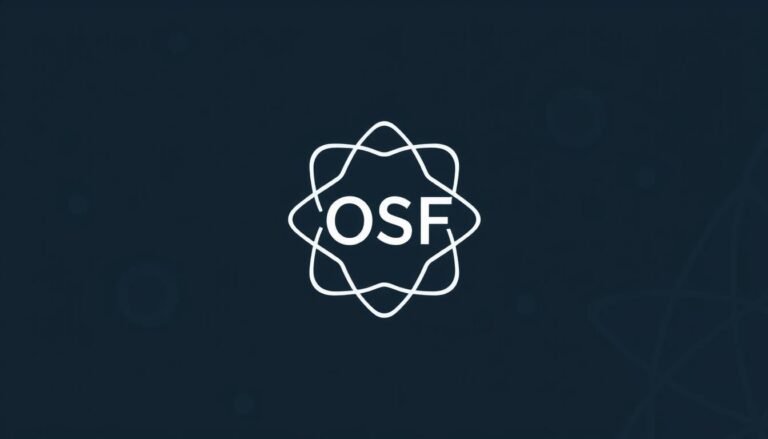
Introduction
In an age where conflicts rage and ideologies clash, understanding the psyche of terrorism has never been more crucial. The journey from grievance to action is a complex psychological pathway that can lead individuals down a dark road. Often fueled by feelings of injustice, deprivation, and disenfranchisement, these grievances can manifest into violence when left unchecked. This article delves deep into the psychological processes that guide individuals from their feelings of grievance to taking lethal actions, providing insights that are essential for intervention, prevention, and policy formulation.
Understanding Grievance: The First Step on the Pathway
Defining Grievance
A grievance can be described as a perceived wrong or injustice that an individual feels has been committed against them or their community. It may arise from personal experiences, socio-economic disparities, cultural suppression, or political disenfranchisement. For many, these grievances spark a quest for acknowledgment or redress, which sometimes evolves into radical ideologies.
Types of Grievances
| Type | Description | Example |
|---|---|---|
| Personal | Individual experiences of injustice or marginalization | Discrimination at work |
| Collective | Shared grievances within a group or community | Ethnic or national oppression |
| Ideological | Disparities between belief systems or worldviews | Religious persecution |
| Socio-economic | Inequality in wealth and resources | Poverty in affluent societies |
The Role of Identity in Grievance Formation
Individual vs. Collective Identity
Identity plays a critical role in shaping grievances. When individuals identify strongly with a specific group—be it based on ethnicity, religion, or nationality—their reactions to perceived injustices can intensify. Group grievances often have a multiplier effect, catalyzing collective action that one might not pursue alone.
Case Study: The Role of Identity in ISIS Recruitment
Many individuals who joined ISIS reported feelings of alienation and disenfranchisement in their home countries. From grievance to action, such cases exemplify how a strong sense of identity can lead to recruitment in terrorist organizations. Understanding this pathway offers vital insights into prevention strategies.
Psychological Mechanisms: How Grievance Fuels Terrorism
Cognitive Dissonance
Cognitive dissonance, the mental discomfort experienced when holding two contradictory beliefs, plays a significant role in the transition from grievance to action. Individuals may reconcile these dissonant beliefs by amplifying their grievances. This may include viewing violent action as justified in the face of overwhelming injustice.
Social Comparison
People often measure their circumstances against others. If they perceive themselves to be treated unfairly compared to a more fortunate group, it can fuel destructive motivations. The desire for equity can spiral into violent action when grievances remain unresolved.
Pathway Models: From Grievance to Action
Radicalization Process
A common model illustrating the pathway from grievance to action is the Radicalization Process Model. This model identifies stages individuals may pass through, including:
- Feeling of Injustice: Recognition of social or political grievances.
- Search for Solutions: Seeking answers often leads individuals to radical groups.
- Echo Chambers: Engaging with closed groups that reinforce extremist views.
- Mobilization: Transitioning from contemplation to action.
Chart: The Radicalization Process Model
| Stage | Description | Implications for Prevention |
|---|---|---|
| Feeling of Injustice | Heightened awareness of grievances | Address underlying issues early |
| Search for Solutions | Exploration of groups and ideologies | Promote counter-narratives |
| Echo Chambers | Reinforcement of extremist beliefs | Foster dialogue and community engagement |
| Mobilization | Physical preparation for action | Implement community watch programs |
External Influences: The Catalysts for Action
Media and Propaganda
The role of media—both traditional and social—cannot be overstated. Media coverage can sensationalize grievances, providing a platform for extremist narratives. Propaganda can frame grievances in such a way that violence appears as a viable solution.
Comparative Case Study: Al-Qaeda and Boko Haram
Both Al-Qaeda and Boko Haram originated from collective grievances. Al-Qaeda capitalized on perceptions of Western encroachment, while Boko Haram exploited local corruption and socio-economic injustices. Analyzing their narratives illustrates how diverse the pathways to terrorism can be, yet all trace back to unmet grievances.
Conclusion
The journey from grievance to action is intricate and often tragic, intertwining various psychological, social, and environmental factors. A comprehensive understanding of From Grievance to Action: The Psychological Pathways to Terrorism can empower policymakers, community leaders, and mental health professionals to intervene effectively and mitigate the progression towards violent actions.
FAQs
What is the primary cause of terrorism?
- Terrorism stems from various factors, including political, social, and economic grievances that lead to radicalization.
How do grievances lead to terrorism?
- Grievances create feelings of injustice and can push individuals toward ideologies that justify violence as a solution.
What role does identity play in radicalization?
- A strong sense of group identity can amplify grievances and encourage collective action against perceived oppressors.
Can terrorism be prevented?
- Yes, effective intervention strategies focusing on acknowledgment, communication, and addressing underlying grievances can reduce the risk of radicalization.
- How does media influence terrorism?
- Media can amplify grievances through sensational storytelling, which may draw individuals toward extremist groups that exploit these narratives.
This article aims to bridge the knowledge gap surrounding the psychological pathways to terrorism, focusing on how grievances transform into actions and providing insights into potential preventive measures. Understanding the complex nature of these pathways is essential in crafting meaningful interventions that can halt individuals from choosing violence as their only recourse.















